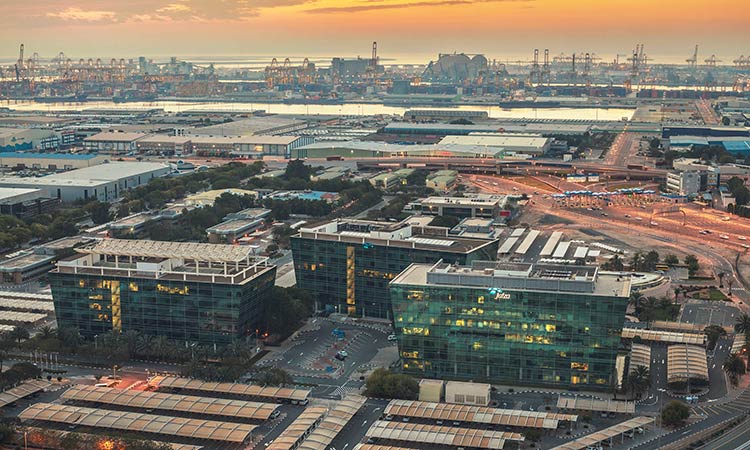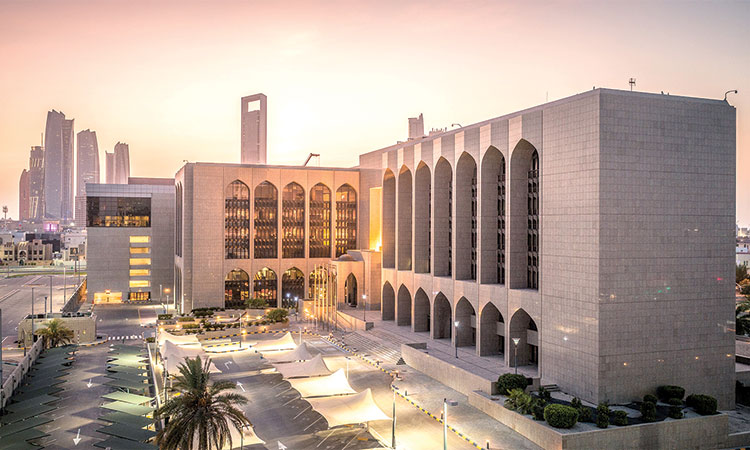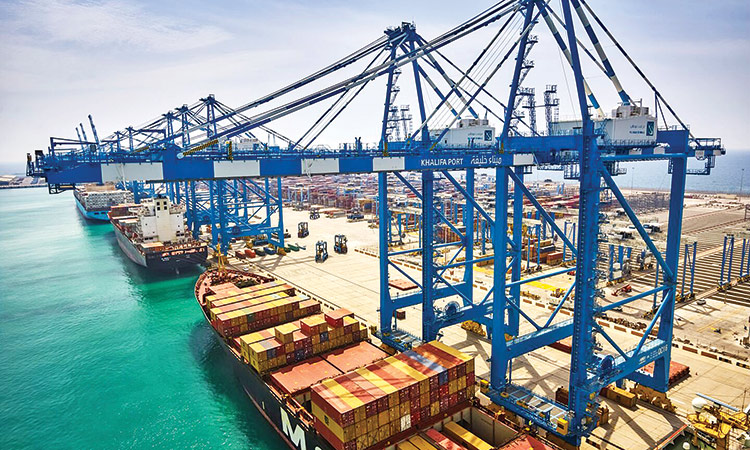Jafza records 24% trade growth

Dubai reinforces its status as a preferred destination for businesses.
The Free Zone has a dedicated food and agriculture cluster of 1.57 million square metres with over 550 companies from more than 70 countries, employing over 6,000 people. Thirty-eight per cent of these companies are from the Middle East, 23 per cent from Asia, 19 per cent from Europe, 10 per cent from Africa, 8 per cent from North America, 1 per cent from South America and 1 per cent from Oceania.
Commenting on the financial results, Mohammed Al Muallem, CEO and Managing Director of DP World, UAE Region and CEO of Jafza, said, “We have explored ways to further facilitate food trade and distribution while maintaining the continuity of food supply, which is crucial to the UAE and the region. Our mandate is to prioritise the needs of citizens and residents, and we have worked towards sustainability, ensuring sufficient food is available. We have ensured business continuity and a prompt recovery for the post COVID-19 economy.
Illustrating Dubai’s role as a major gateway for global trade, he said, the emirate’s external food trade volumes in the first half of this year reached nine million tonnes, representing Dhs32 billion in total, whereas Dubai’s food imports touched Dhs22 billion. “In line with the newly launched UAE Sustainable Agriculture System, we aim to support the increase of self-sufficiency from agricultural production and workforce in the agricultural sector.”
DP World, UAE Region’s multimodal connectivity reinforces Dubai’s long-term commitment to maintain the growth and development of regional trade.
Thanks to Jafza’s strategic location near Jebel Ali Port, it offers connectivity to over 3.5 billion consumers.
WAM






